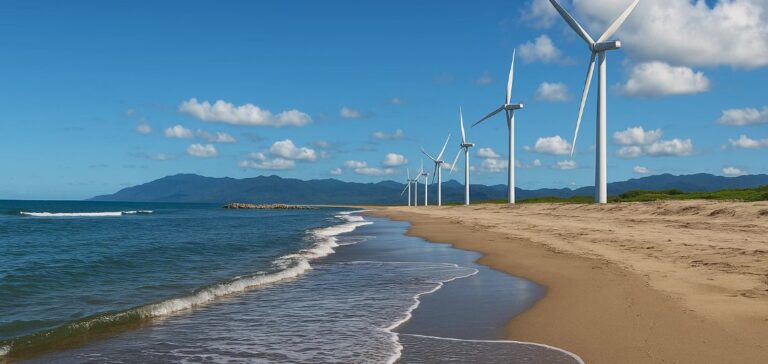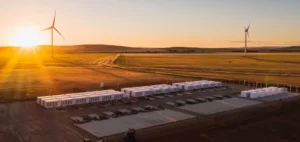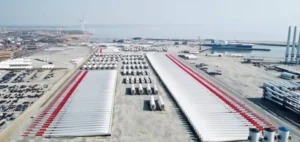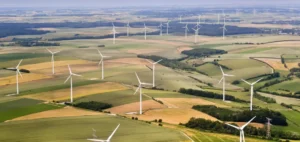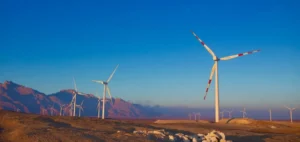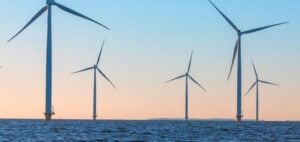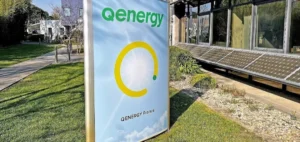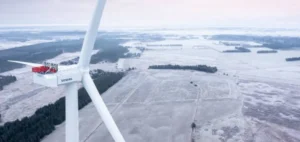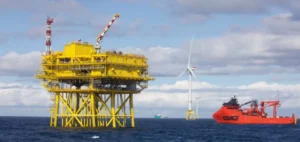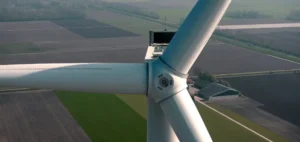Japan is currently reviewing regulatory conditions surrounding the development of its offshore wind sector, whose expansion is being hindered by significant increases in costs and extended timelines. The initial objective set by the Japanese government was to achieve a generation capacity of 45 gigawatts (GW) by 2040. However, several recent rounds of auctions have encountered major economic obstacles, forcing authorities to reconsider certain regulations to meet the expectations of the companies involved. Several operators, including some global leaders, have already expressed skepticism, delaying or completely abandoning their investments in the country.
Proposed Regulatory Adjustments
Japanese authorities are currently discussing with industry stakeholders to adapt existing rules, making them more favorable for the long-term deployment of projects. Among the proposals being considered are extending project durations from 30 to 40 years and clarifying maritime cabotage regulations to permit the use of foreign-flagged vessels in offshore wind farms. These changes are anticipated by developers who aim to reduce risks associated with infrastructure development and to limit additional costs related to maritime operations.
Additionally, Japan’s Ministry of Economy, Trade, and Industry (METI) is considering a gradual shift from the existing tariff system, known as the “feed-in tariff” (FIT), toward a “feed-in premium” (FIP) model. This new model would allow companies, such as Mitsubishi, to earn revenue indexed to market prices, a measure already implemented in recent tenders. This regulatory transition aims to better reflect current economic realities and reassure investors already affected by substantial losses in their initial projects.
Impact on Existing Projects
Since the first round of tenders in 2021, several major projects have either stalled or faced delays. Mitsubishi, a key participant in the initial auctions, has been notably impacted, recording losses exceeding 300 million dollars on its offshore wind projects in Japan. The company indicated it is reassessing its projects, initially scheduled between 2028 and 2030, pending anticipated regulatory adjustments. Similarly, Danish giant Orsted withdrew from the Japanese market last year, while Shell reportedly reduced its dedicated offshore wind team in Japan, according to several sources familiar with the matter.
Other international players, notably Germany’s RWE, Spain’s Iberdrola, and BP, remain committed to the Japanese market despite current challenges. Nevertheless, the pace of development remains below initial government expectations, prompting the urgent need for solutions to prevent the failure of its energy ambitions. Despite these setbacks, certain foreign companies like Equinor and Total are maintaining their presence in the country, although their activities are currently limited to strategic observation while awaiting further regulatory clarity.
Implications for Energy Security
These difficulties in offshore wind expansion could lead to increased dependence on liquefied natural gas (LNG) imports for Japan. METI estimates that if renewable energy deployment goals are not met, LNG imports could rise by more than 10%, reaching approximately 74 million metric tons by 2040. This increase would primarily meet the growing energy demands of strategic industrial sectors such as data centers and the semiconductor industry.
Nevertheless, the Japanese market remains attractive in the long term, and the implementation of appropriate incentive measures could restore international investor confidence. The government’s ability to quickly adopt these regulatory adjustments will likely determine the future of the offshore wind sector in Japan, carrying significant economic and strategic implications for the country.


